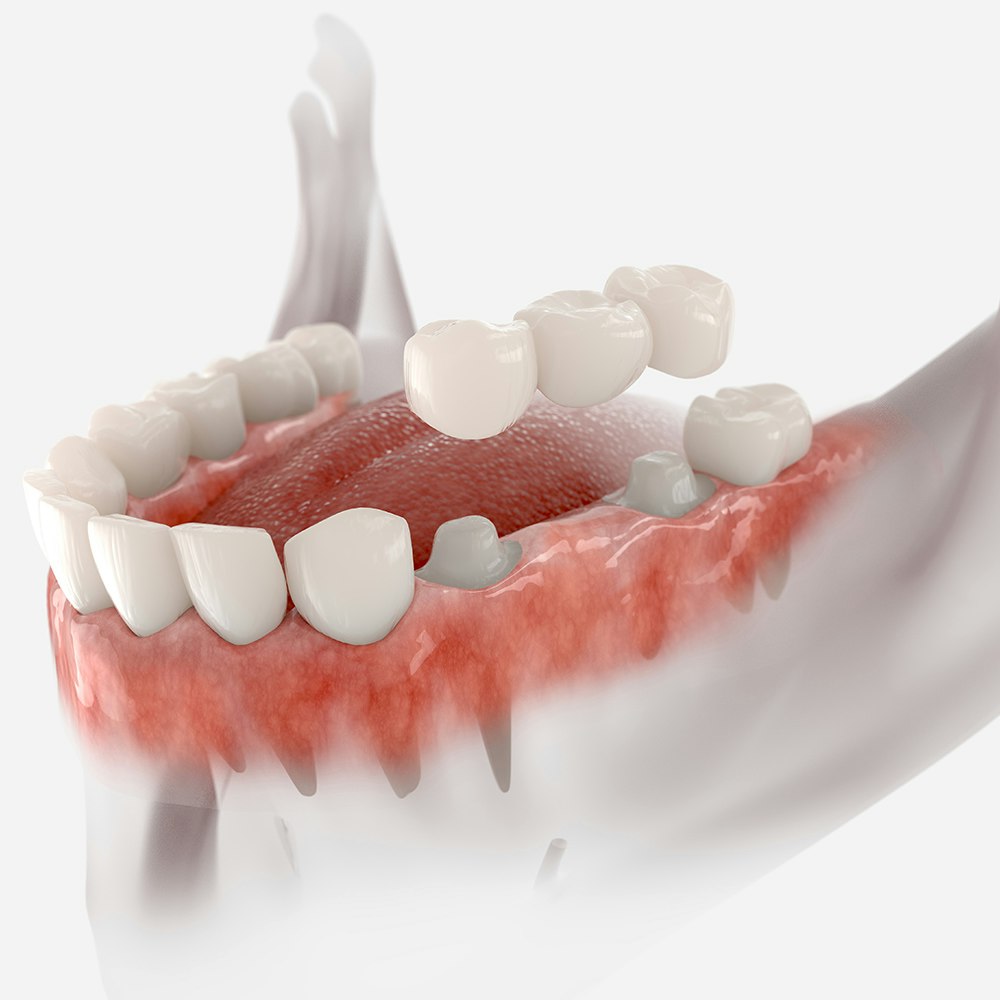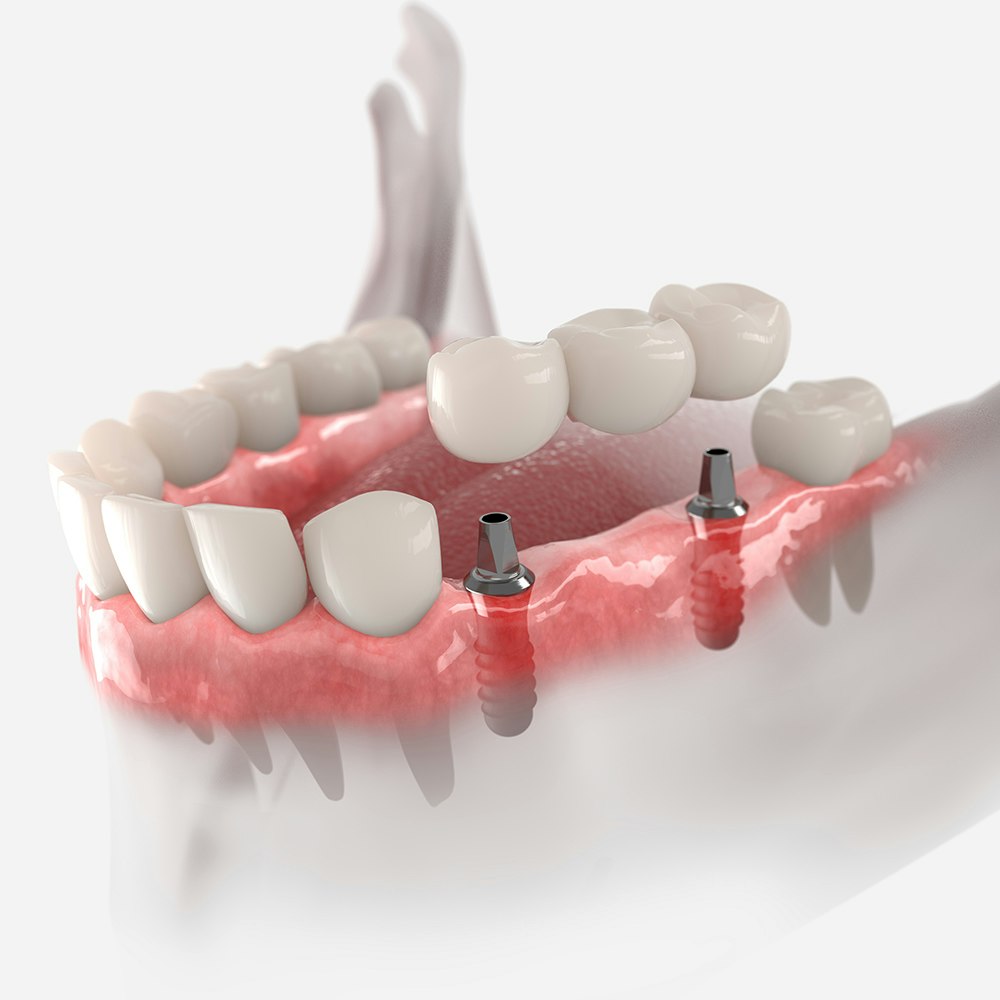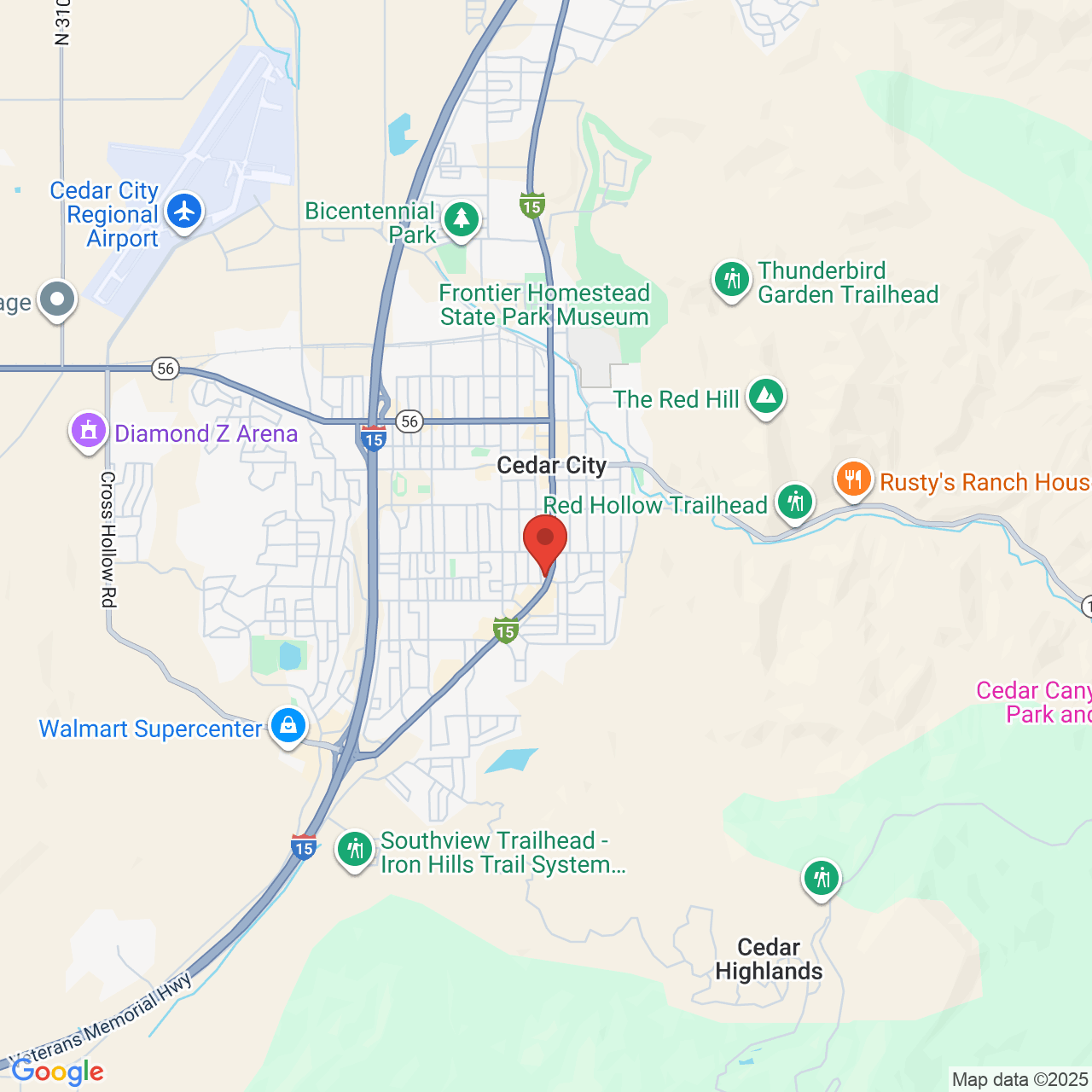Dental Bridges
Missing teeth can cause gaps that affect the way you speak, chew, and smile. Dental bridges allow patients with missing teeth to restore aesthetics and function while protecting their oral health.
Dr. Brian Tavoian in Cedar City, UT, offers both traditional and implant-supported dental bridges. He can perform every step of your treatment, and same-day options are available.
The Far-Reaching Benefits of Bridges
Implant-supported and traditional dental bridges look just like natural teeth and can:
- Restore your ability to chew and speak
- Enhance the aesthetics of your smile
- Maintain the shape of your face
- Prevent remaining teeth from shifting
- Restore proper distribution of force in your bite
Receiving a Dental Bridge at Our Cedar City Dentistry Practice
Our Cedar City dental office can provide every stage of treatment whether you are receiving a traditional or implant-supported bridge.
Can't Wait for Your Bridge? We Have a CEREC Machine
Depending on your case, our dental team may be able to create your bridge using our in-office CEREC® machine. This machine makes dental restorations in a single appointment, without us having to send impressions to a lab. Ask if you qualify for a CEREC bridge during your consultation.
Caring for Your Bridge
You can care for your new bridge the same way you care for your natural teeth: brush twice a day, floss once a day (including under your pontic), and attend regular cleanings and exams at our Cedar City office. This will go a long way in maintaining your oral health and your bridge. Dental bridges can last up to 10 years with proper care.
"The best dentist I have ever gone to!"
Traveling on vacation when my bridge came loose on our 1st day. I reached out since it was close to our rental cabin. I was surprised when they were willing to get me in even after established hours. The staff was excellent and Brian was very kind and honest about what they could as a temporary fix until I could see my regular dentist back home.Great relief for me to enjoy the remainder of my vacation. Highly recommend these folks.
View on GoogleDr. Brian is the best dentist I have ever gone to! He is confident and competent with his procedures and also extremely kind and takes time to answer questions. His staff is also my favorite! I’ve been to both hygienists and love them both! The dental assistants and front desk staff are also very kind and helpful!
View on Google



